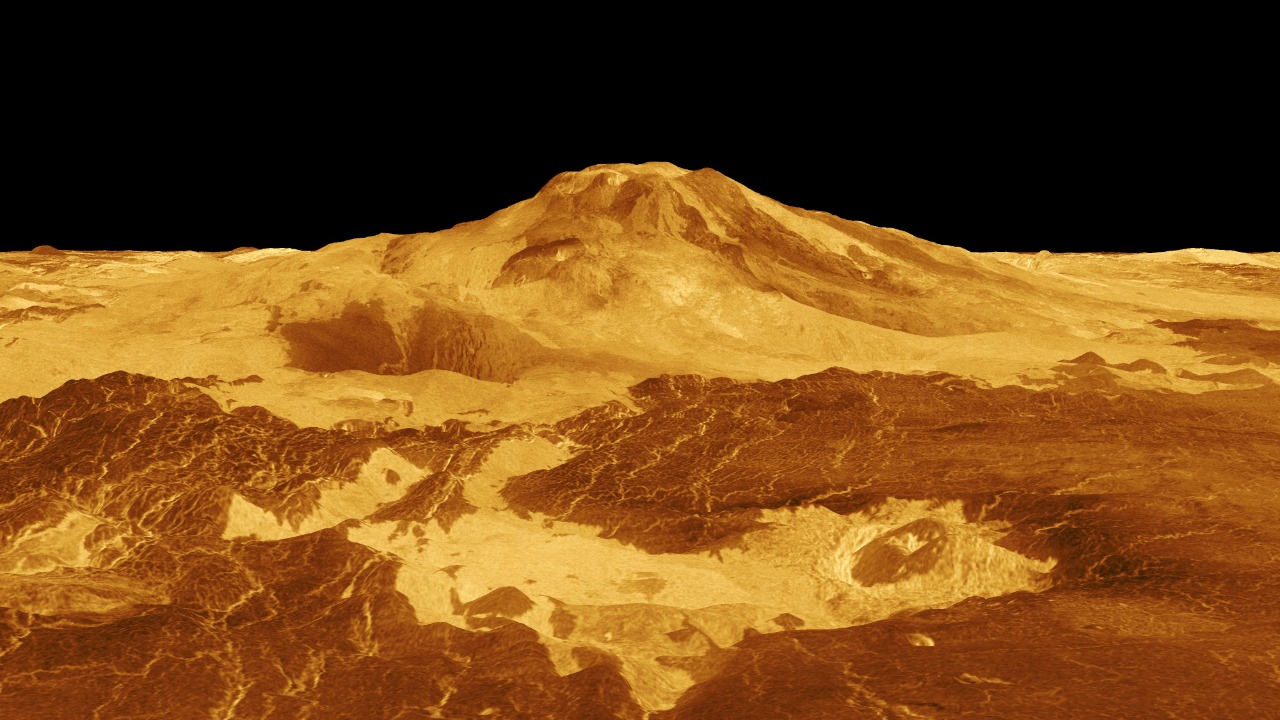
Researchers have recently focused on intriguing geological formations on Venus, including peculiar structures on its surface that have captured scientific interest. As of September 30, 2025, these anomalies have drawn comparisons to mysterious Earth-based discoveries, such as giant crater-like structures found near New Zealand and a megastructure under the Pacific Ocean seafloor from the dinosaur age. The ongoing investigations aim to determine whether these patterns result from volcanic activity, tectonic forces, or other planetary processes.
Discovery of Anomalous Features on Venus
The initial observations of weird structures on Venus’ surface have sparked significant scientific intrigue in late 2025. These formations, characterized by their irregular shapes and non-impact crater appearances, challenge conventional understandings of planetary geology. The discovery has prompted a renewed interest in Venusian geology, with researchers eager to uncover the processes behind these enigmatic features. This curiosity is further fueled by a 2017 study that first unveiled the mysteries of crown-like structures on Venus’ surface through detailed imaging and analysis, revealing complex radial formations possibly linked to volcanic hotspots.
Adding to the intrigue, NASA announced in May 2025 the detection of new signs of geologic life inside Venus. This discovery, made possible through advanced radar mapping, suggests internal geological processes that could be reshaping the planet’s surface. The findings highlight the dynamic nature of Venus’ geology and open up new avenues for understanding the planet’s evolution. These internal origins, while not indicative of biological life, underscore the complexity of Venusian geology and its potential to inform our understanding of planetary processes.
Characteristics of Venusian Structures
The crown-like structures on Venus’ surface, as revealed in the 2017 research, are complex radial formations that may be linked to volcanic hotspots. These formations exhibit a unique symmetry and scale, prompting comparisons to similar geological features on Earth. The study’s findings suggest that these structures could result from volcanic activity, offering insights into the planet’s geological history and resurfacing events.
In contrast, the weird structures identified in 2025 reporting defy typical planetary geology with their irregular, non-impact crater appearances. These anomalies challenge existing theories about Venusian surface processes and raise questions about the forces shaping the planet’s landscape. The discovery of these structures has prompted calls for enhanced orbital missions to further investigate their origins and implications for Venusian geology.
NASA’s 2025 announcement of geologic life signs inside Venus adds another layer of complexity to the planet’s geological narrative. These signs, indicative of active geological processes, suggest a dynamic interior that could be influencing surface features. While not evidence of biological life, these findings highlight the potential for Venus to host extreme geological environments, offering a unique perspective on planetary processes.
Comparative Analysis with Earth Formations
Venus’ crown-like structures bear a striking resemblance to the mysterious giant crater-like structures found near New Zealand in 2013. Both exhibit unusual symmetry and scale, prompting comparisons between the two planetary bodies. The New Zealand structures have intrigued scientists with their potential tectonic or erosional origins, offering a parallel to the volcanic hotspot theories proposed for Venus’ crown-like formations.
Similarly, the weird structures on Venus’ surface can be linked to the mysterious megastructure found under the seafloor that rewrites Earth’s history. Discovered in the Pacific Ocean on October 2, 2024, this ancient megastructure challenges existing geological theories and suggests a complex interplay of tectonic forces. The similarities in formation theories between these Earth and Venusian features highlight the potential for cross-planetary insights into geological processes.
The geologic life signs inside Venus reported by NASA in 2025 also draw comparisons to the dinosaur-age features of Earth’s buried Pacific Ocean megastructure. Both suggest dynamic geological processes that could reshape our understanding of planetary evolution. These findings underscore the importance of comparative planetary studies in uncovering the mysteries of our solar system.
Ongoing Research and Implications
The scientific community remains captivated by the weird structures on the surface of Venus, with ongoing research as of September 30, 2025, calling for enhanced orbital missions to further explore these anomalies. The potential insights gained from these investigations could reshape our understanding of Venusian geology and inform future planetary exploration efforts.
The 2017 unveiling of crown-like structures on Venus’ surface has spurred the development of models to explain planetary resurfacing events. These models, informed by detailed imaging and analysis, offer a framework for understanding the processes shaping Venus’ landscape. The implications of these findings extend beyond Venus, providing valuable insights into planetary geology and the forces driving surface evolution.
NASA’s May 2025 findings on geologic life inside Venus have the potential to reshape our understanding of habitable extremes in our solar system. While not indicative of biological life, these discoveries highlight the dynamic nature of Venus’ geology and its potential to host extreme environments. The insights gained from these findings could inform future exploration efforts and enhance our understanding of planetary processes across the solar system.
More from MorningOverview